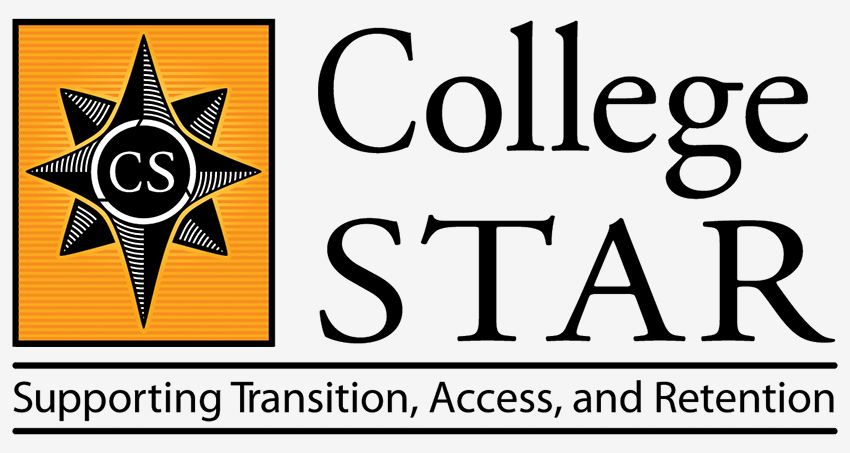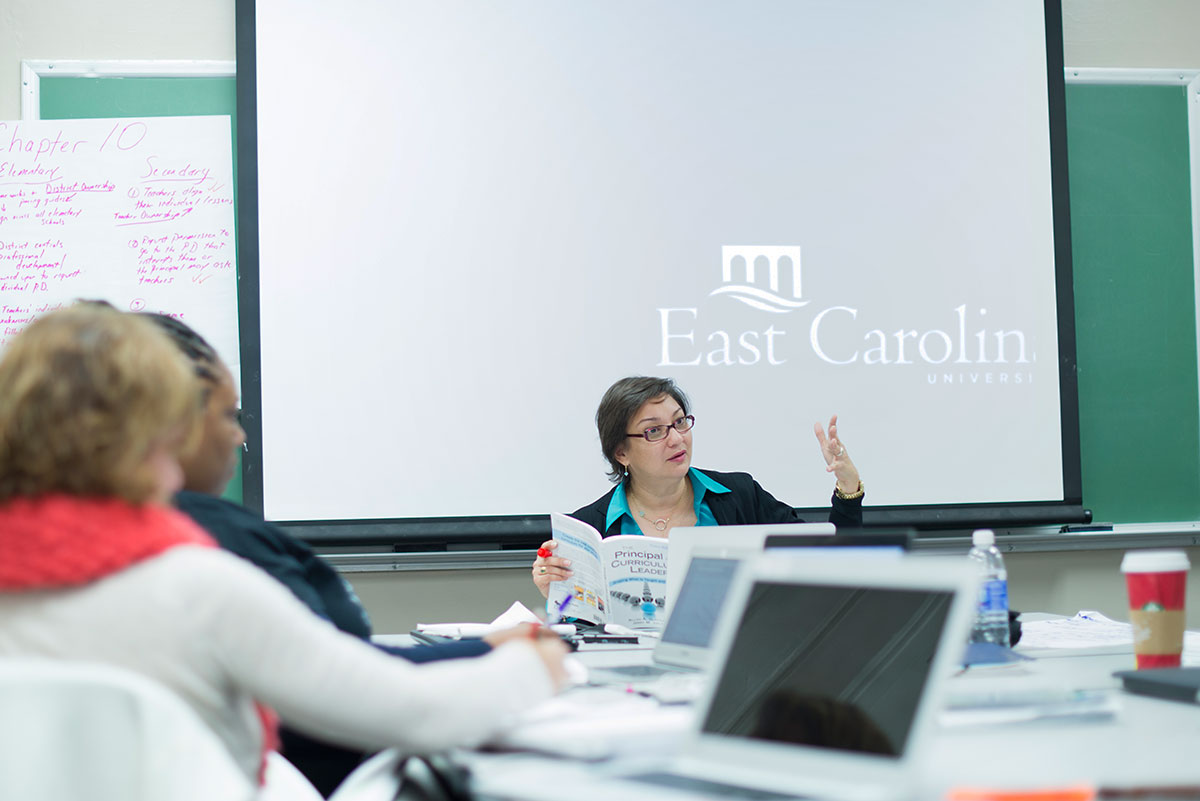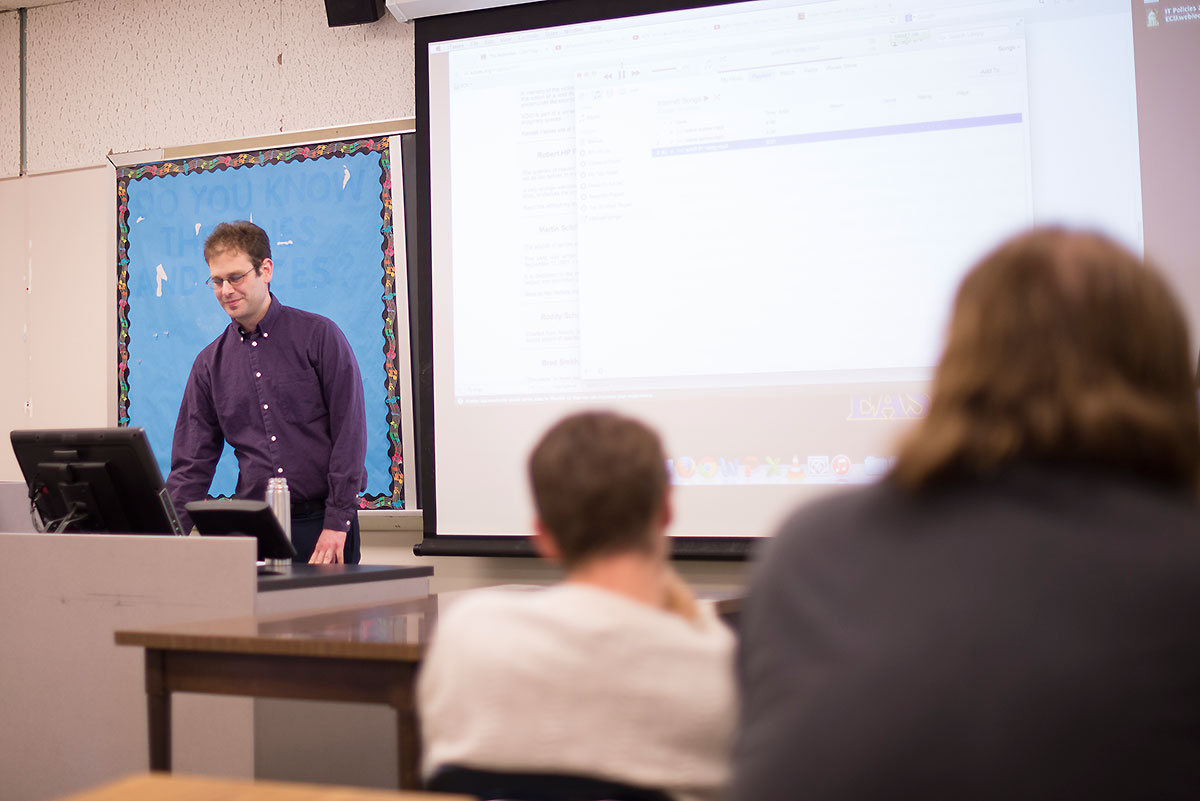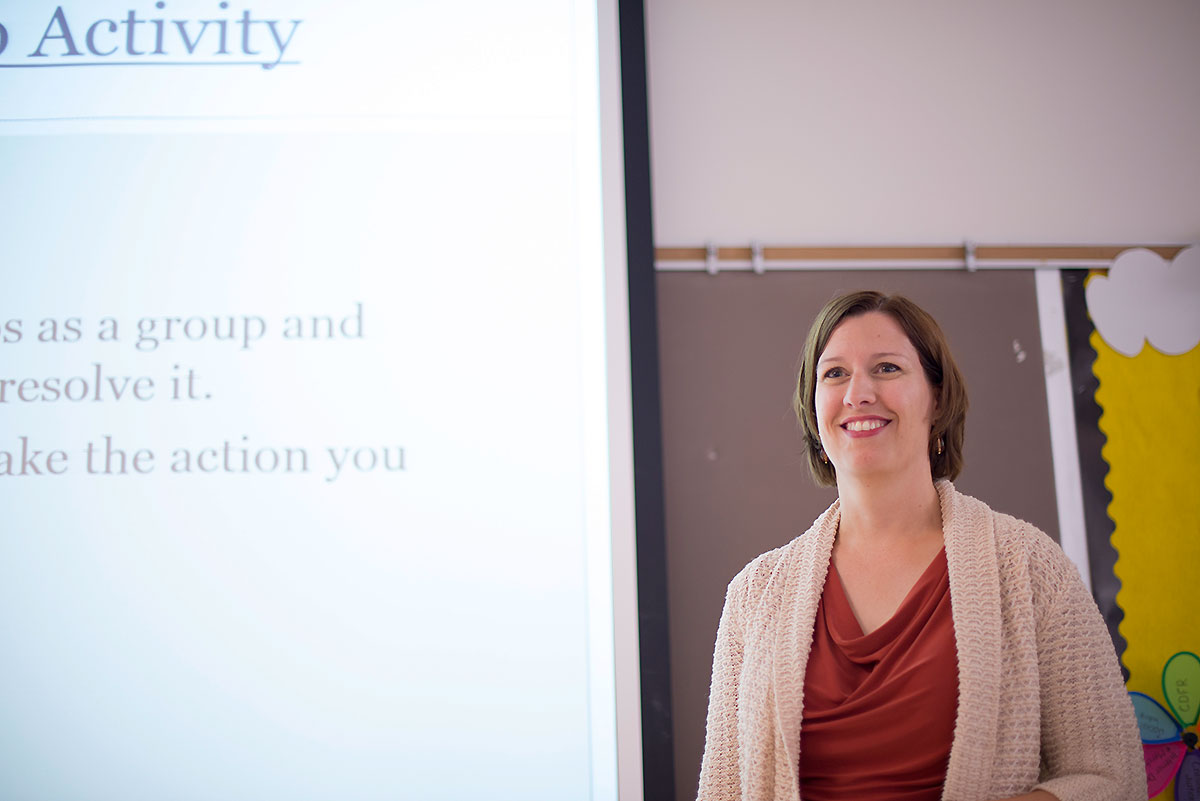UDL Examples
Examples in Higher Education

Read the UDL Examples to see how faculty from the College STAR project redesigned their courses using the UDL framework across disciplines: Education, Music, Construction Management, and Criminal Justice.
UDL Example: Education

“Thanks to the authentic learning activities in the courses taught by Dr. Ringler I know the objectives of each class, I get opportunities to practice leadership skills with my peers, and I get meaningful feedback that I know will help me be a great principal.” - ECU Student
Course: Instructional Leadership for Teaching and Learning
Dr. Marjorie Ringler teaches this face-to-face lecture once a week for students enrolled in the Masters in School Administration.
Challenges in the Classroom
- Unable to understand how theory translates to practice
- Lack of opportunities to practice leadership skills needed to be an effective principal
- Lack of student engagement in lecture style classroom
UDL Strategies Used to Address the Challenges
Provide multiple means of engagement: To heighten interest and support progress monitoring, Dr. Ringler used service learning projects and group work. She asked students to provide feedback every class and had them complete weekly personal reflections about learning.
Provide multiple means of action and expression: To support student planning and composition, Dr. Ringler shared weekly learning objectives, guided notes, and graphic organizers to practice listening, speaking, reading, and writing language of leadership.
Provide multiple means of representation: To support the processing of information, Dr. Ringler used multiple forms of media including videos and simulations.
Outcomes
- Students respond positively to the class.
- Differences in student outcomes were achieved.
UDL Example: Music

“The Tegrity videos are something I have never seen before. It was extremely helpful to see the instructor talking about my paper with the paper pulled up on the computer screen. It went through step by step each thing that he had comments on. That was most beneficial.” - ECU Student
Course: Music Theory for Non Music Majors
Dr. Dan Guberman redesigned his course materials for both the classroom and online.
Challenges in the Classroom
- Difficulty identifying points of confusion to provide additional explanations on materials
- Lack of feedback from students
UDL Strategies Used to Address the Challenges
Provide multiple means of action and expression: To support student planning and composition, Dr Guberman aligned his notes to his videos.
Provide multiple means of representation: To support the processing of information, Mr. Guberman used weekly videos covering each course topic and extensive homemade course materials (i.e., course outline, written notes in replace of textbooks, and online links to other resources).
Outcomes
- Students report better understanding of the material that is covered
- Improvement in student grades
UDL Example: Construction Management

“Mr. Wheeler is probably the best professor I have ever had! He is very open to comments, and is patient. He has a unique combination for teaching. He uses visual and interactive learning as well as lectures to his classes. It is very helpful.” - ECU Student
Course: Building Systems and Codes
Mr. Bryan Wheeler teaches primarily to second semester freshmen construction management majors. The course is composed of three contact hours of lecture and two contact hours of lab per week.
Challenges in the Classroom and Lab
- Lack of student engagement students learning in the college classroom
- Limited student understanding of course applications to professional settings
- Student engagement in labs
UDL Strategies Used to Address the Challenges
Provide multiple means of engagement: To heighten interest and support progress monitoring, Mr. Wheeler used multiple examples of actual job site experiences during lecture and lab. He provided students with hands-on safety and method training, and implemented a team competition design project. In the classroom, he used a circular seating arrangement to promote discussion and interaction.
Provide multiple means of action and expression: To support student planning and composition, Mr. Wheeler provided fill-in-the-blank handouts in lab and PowerPoints in lecture. A weekly reading assignment and lecture schedule was posted on Blackboard to assist students with managing personal study schedules and prepared students to be active participants in lectures an labs.
Outcomes
- Students were extremely motivated and engaged in the team competition design project
- Students responded positively to the changes of the course work.
- Students were supported and engaged when completing scaffolded handouts during lecture and answered questions more readily.
- Student engagement, response and interaction improved profoundly with circular seating arrangement.
UDL Example: Criminal Justice

“I love the small group discussions because it engages everyone in the classroom as well as the online assignments because they allow us to do them on our own time and become more technologically advanced. The online work helped you understand the course and do better on tests.” - ECU Student
Course: Police and Society
Dr. Heidi Bonner teaches a hybrid course that meets 40% online and 60% face-to-face.
Challenges in the Classroom
- Lack of familiarity and knowledge with hybrid courses
- Variable student learning curve
UDL Strategies Used to Address the Challenges
Provide multiple means of engagement: To heighten interest and support progress monitoring, Dr. Bonner used reflective journal entries to evaluate how students are feeling about the course. Students participated in small groups for in-class work.
Provide multiple means of action and expression: To support student planning and composition, Dr. Bonner provided class activities where students were able to demonstrate their opinion or knowledge depending on the assignment and topic.
Outcomes
- Students respond positively to working with peers.
- Course adjustments and changes based on student feedback as needed.
UDL is an educational approach based on the learning sciences with three primary principles—multiple means of representation of information, multiple means of student action and expression, and multiple means of student engagement.
Assessment is the process of gathering information about a learner’s performance using a variety of methods and materials in order to determine learners’ knowledge, skills, and motivation for the purpose of making informed educational decisions.
